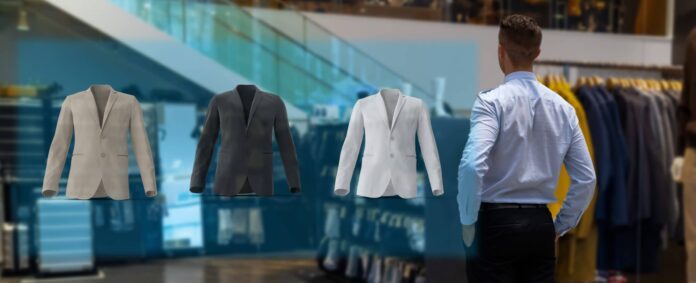The fashion industry is undergoing a significant transformation, thanks to the advent of emerging technologies like wearables, e-textiles, and smart clothing. This shift not only redefines what we wear but also how we interact with our clothes. In this article, we explore how these innovations are blending style with functionality, creating a new era of fashion that’s both intelligent and aesthetic.
The Rise of Wearable Technology in Fashion
Wearable technology in fashion isn’t just about smartwatches or fitness bands anymore. Today, it encompasses a wide range of products including jewelry, accessories, and even clothing that integrates digital technology.
Enhanced User Experience: Modern wearables are designed to enhance the wearer’s experience with features like health monitoring, GPS navigation, and connectivity with other devices. For instance, smart glasses incorporate augmented reality to overlay information onto the real world, providing a seamless interaction between the user and their environment.
Fashion Meets Functionality: Designers are merging aesthetic appeal with practicality, creating wearables that are not only stylish but also provide significant functional benefits. A notable example is the development of solar panel-infused jackets that can charge mobile devices on the go.
The Advent of E-Textiles
E-textiles, or electronic textiles, are fabrics embedded with electronics and interconnections. These textiles retain the flexibility and comfort of traditional fabric while adding functionality that can interact with the environment or the user.
Conductive Fabrics: Using conductive threads, e-textiles can conduct electricity, transforming garments into devices that can heat, light up, or even change color based on external conditions.
Integration with IoT: E-textiles are poised to play a crucial role in the Internet of Things (IoT) by connecting the wearer with their environment. This integration can lead to innovative applications such as clothing that adjusts its thermal properties based on weather conditions or workout gear that provides biomechanical feedback.
Smart Clothing: The Next Frontier
Smart clothing incorporates both wearable technology and e-textiles to create garments that offer unprecedented interaction and responsiveness.
Health Monitoring: Smart garments are equipped with sensors that monitor health metrics such as heart rate, breathing rate, and body temperature. This technology is particularly beneficial for athletes and individuals with specific health conditions.
Responsive Garments: Imagine a fabric that adapts to your activity level or environmental factors. Smart clothing can do this by adjusting its properties, such as permeability and color, based on the wearer’s needs, providing both comfort and a dynamic user experience.
Challenges and Opportunities
While the potential of wearables, e-textiles, and smart clothing is immense, the industry faces several challenges that it must overcome to achieve mainstream adoption.
Privacy and Security: As clothing becomes more integrated with technology, issues of data privacy and security become increasingly important. Users need assurance that their personal data, collected through their garments, is protected.
Sustainability: The fashion industry is already under scrutiny for its environmental impact. The development of tech-integrated clothing must consider sustainability, focusing on minimizing electronic waste and promoting recyclable materials.
Cost and Accessibility: Ensuring that these technologies are affordable and accessible to a broad audience is essential for widespread adoption. Designers and manufacturers need to balance innovation with cost-effectiveness.
Conclusion
The integration of wearables, e-textiles, and smart clothing is setting the stage for a futuristic fashion industry where style meets technology. As these technologies continue to evolve, they promise to enhance the functionality of clothing and accessories, making them more interactive, responsive, and tailored to individual needs. The future of fashion is here, and it’s smart, connected, and fashion-forward.





